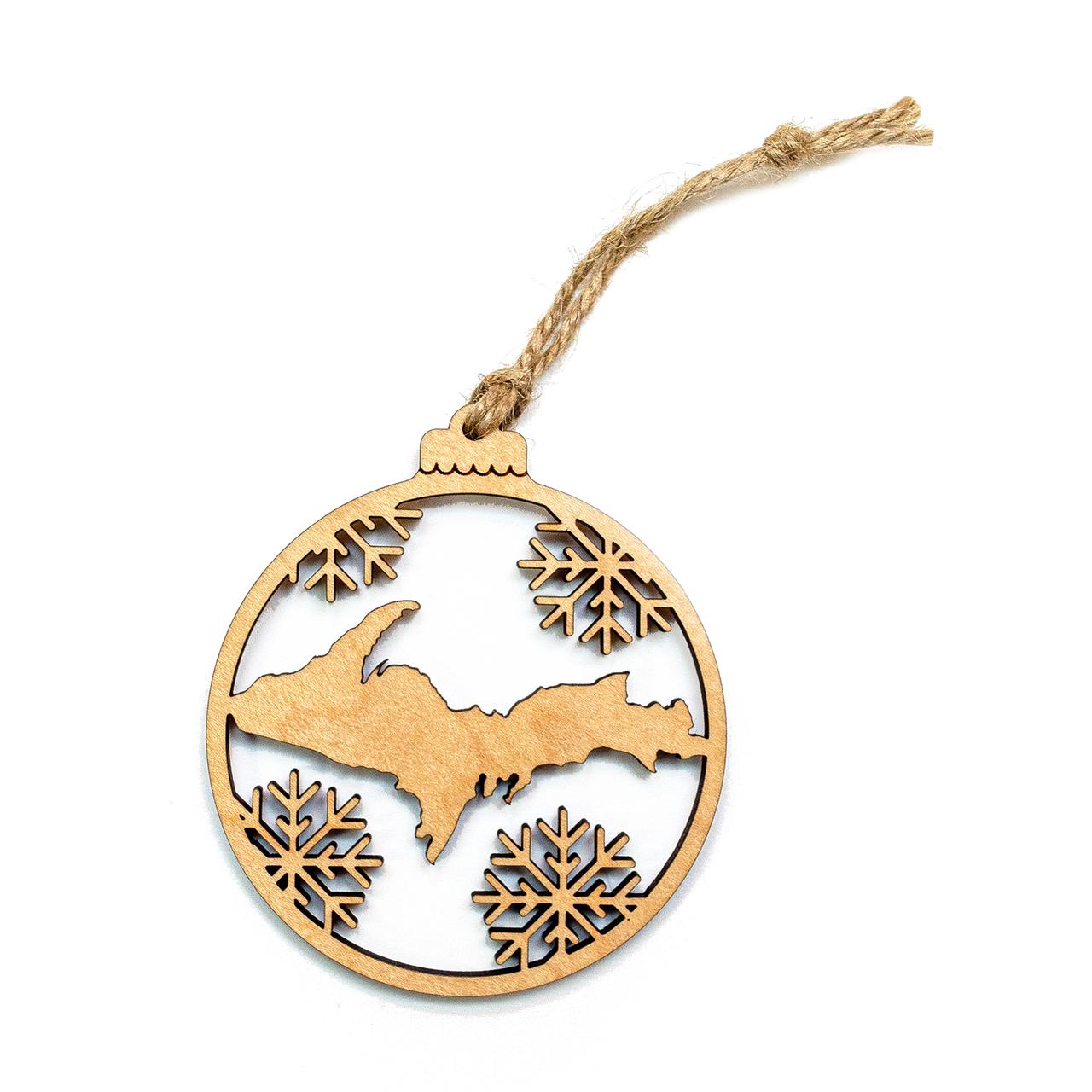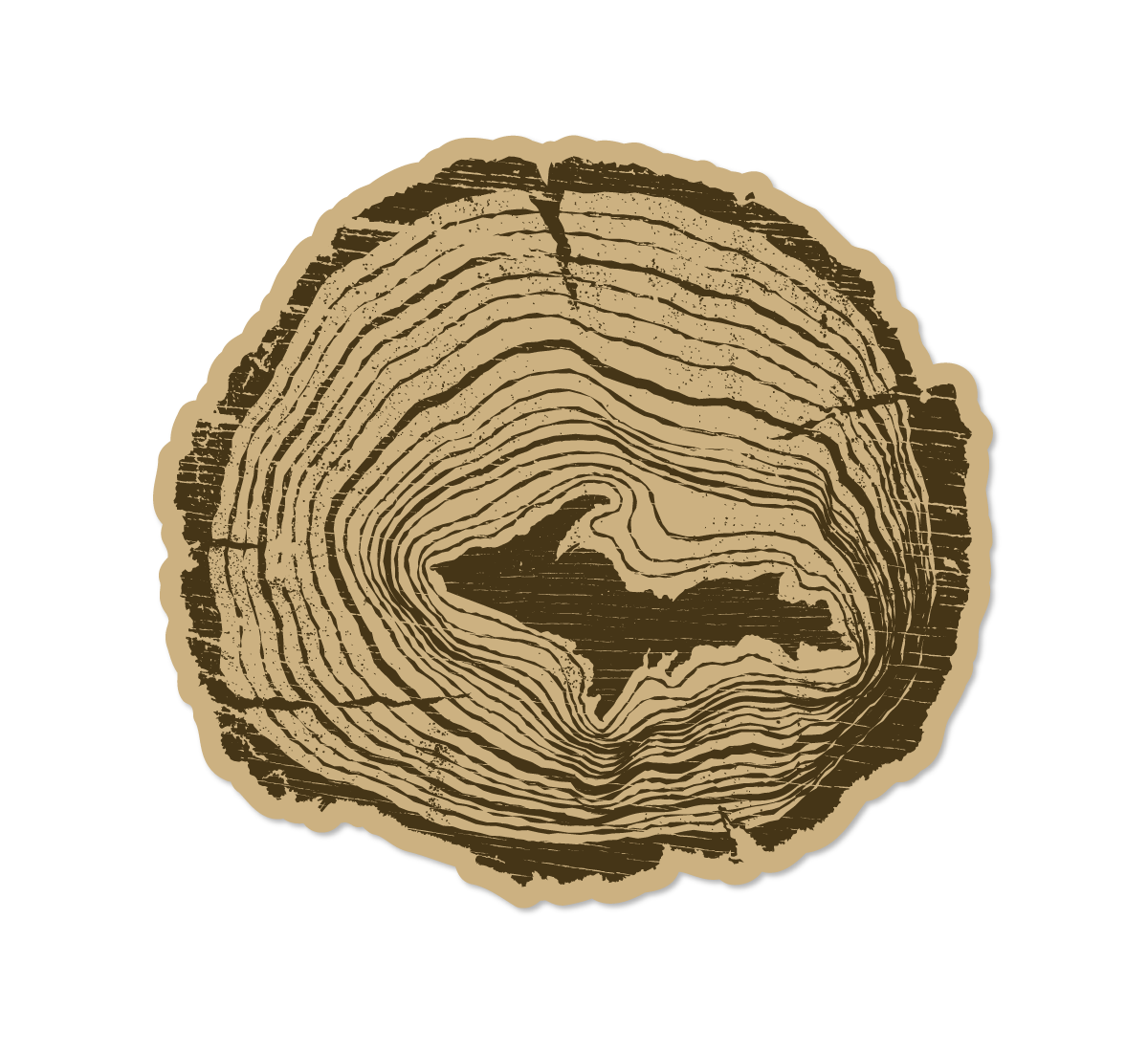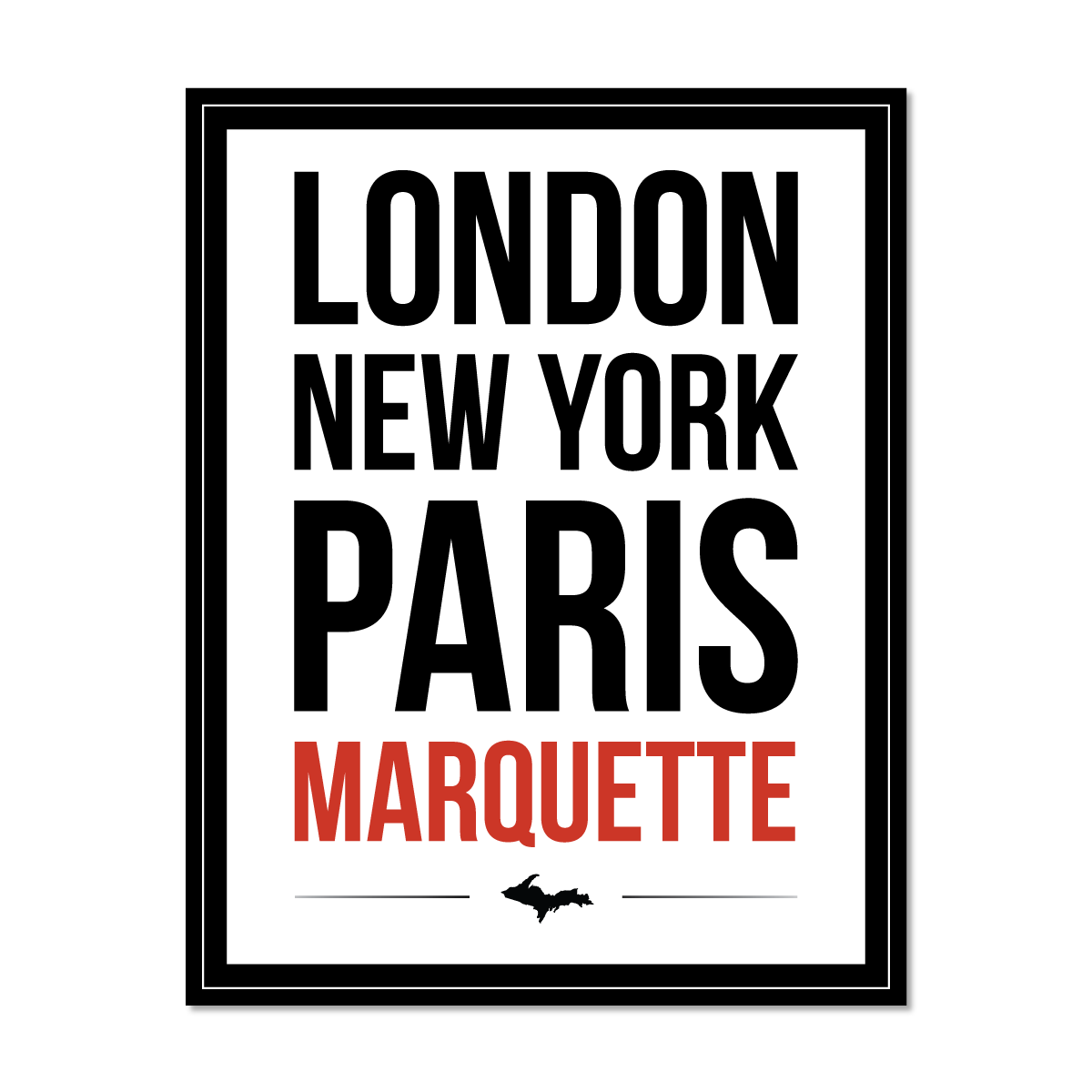187 years ago, the Frostbite Convention handed the Upper Peninsula to Michigan
Outside of the Midwest, The Upper Peninsula seems to a mystery to much of the U.S. population, and surprisingly, even to some of those in the Midwest. It’s quite common to think that the Upper Peninsula is part of Canada and sometimes textbooks don’t know what state the Upper Peninsula is in. More than anything, most people assume that the Upper Peninsula is part of Wisconsin.
A sample of Google search queries bringing people to UP Supply Co:
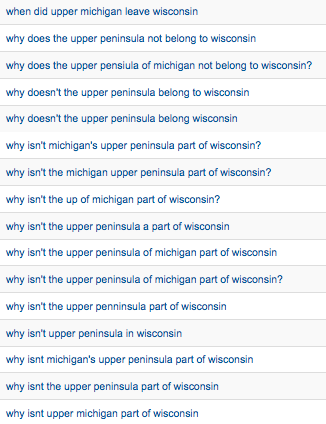
It’s a fair question to ask. After all, the Upper Peninsula at no point touches the Lower Peninsula of Michigan and Wisconsin is the only section of land shared between the Upper Peninsula, everywhere else is bordered by water.
The Toledo War

The disputed strip of land during the Toledo War.
During the early 1800s there was a conflict between Michigan and Ohio (and we don’t mean a football rivalry). At the time Ohio had already been admitted into the union while Michigan was still a territory.
The dispute during the Toledo War (also known as the Ohio-Michigan War) began with different interpretations of the geographic boundaries and features between the State of Ohio and the Michigan Territory. Both governments were claiming sovereignty over a 468 square mile region, which became known as the Toledo Strip.

Shop U.P. Supply Co. Upper Peninsula Snowflake Ornament

Shop U.P. Supply Co. Upper Peninsula Tree Rings Sticker
Until the year 1818, the Michigan Territory had ownership over the eastern section of the Upper Peninsula (the yellow region in the graphic above). The territory then expanded to include the rest of the Upper Peninsula, the entire State of Wisconsin and other parts of the Midwest.
Due to a financial crisis the Michigan Territory was under pressure from Congress and President Andrew Jackson, at which point the Michigan Territory accepted a resolution from the government.
187 Years Ago
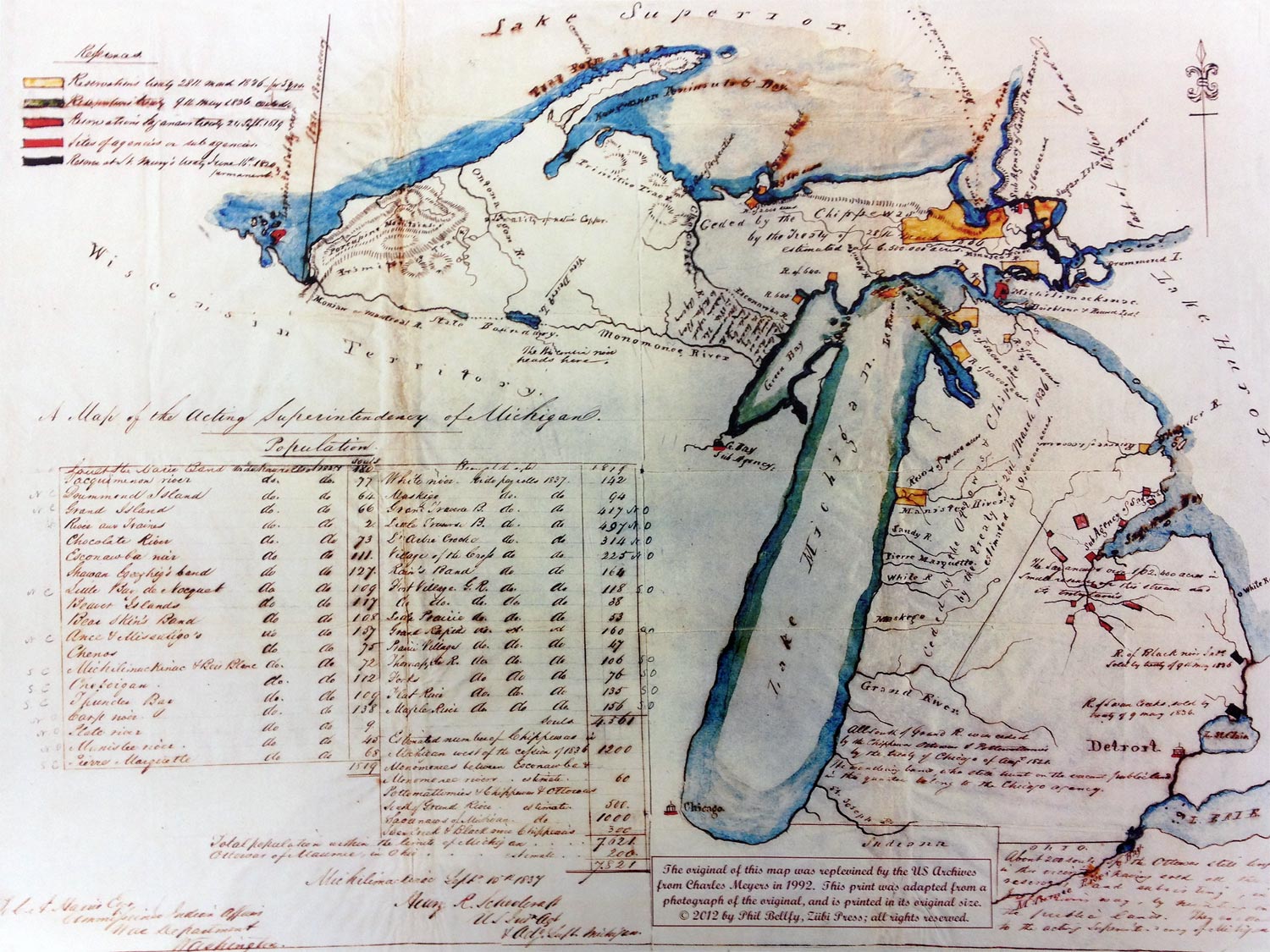
Michigan map from 1837.
On December 14, 1836 (we declare this the Upper Peninsula’s birthday), Michigan signed a compromise during the Frostbitten Convention.
Before signing, Michigan rejected the offer partly out of pride, at the time feeling that the Upper Peninsula was a worthless region with nothing more than wilderness. As Michigan’s financial crisis lingered on, they would have been left out of surplus government money if they had remained a territory rather than a state. Michigan accepted the terms on that fateful December day in Ann Arbor.
One month later, On January 26, 1837, President Andrew Jackson signed a bill admitting Michigan to the union, making it the 26th state. However, Michigan would have to concede the Toledo Strip to Ohio, but was given the western three quarters of the Upper Peninsula in return (most of which borders Wisconsin along the Menominee River).
When the Toledo War ended it was considered that Ohio had “won”. This belief changed in the 1840s when it was discovered that the Upper Peninsula was a vast region of resources including copper and iron ore. Considered to have produced more mineral wealth than the California Gold Rush, the Upper Peninsula supplied 90% of the United States copper supply by the 1860s and was the largest supplier of iron ore by the 1890s.
Had Michigan won the Toledo War they would have acquire the Toledo Strip, meaning that the Upper Peninsula probably would have become a part of the Wisconsin Territory and later a part of the State of Wisconsin.
We are elated that Michigan has the 16,452 square mile paradise of the Upper Peninsula rather than the 468 square mile region of the Toledo Strip. Clearly we’re biased, but we got the better deal.
All you history buffs out there let me know if there is more info we should include.
